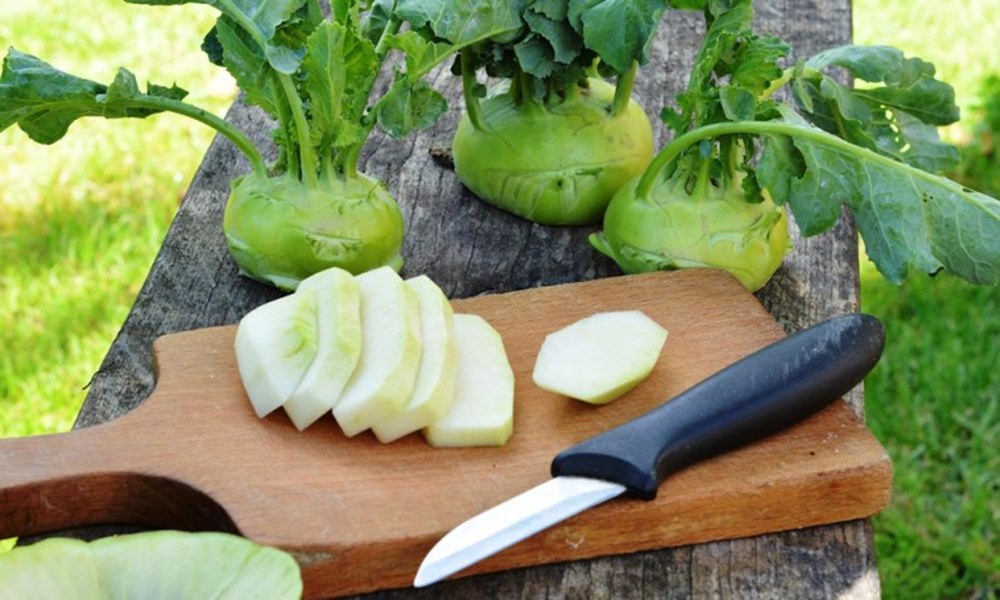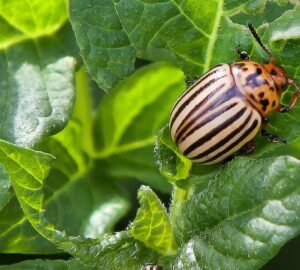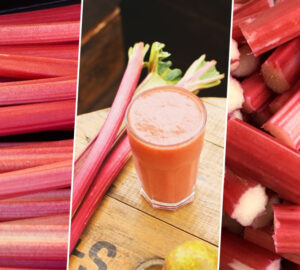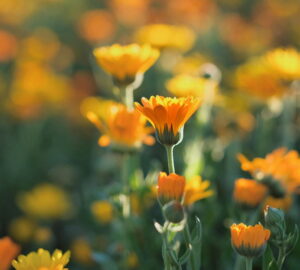Kohlrabi, with its unique taste and versatility in the kitchen, can be a delightful addition to any garden. However, it’s disheartening when you eagerly anticipate harvesting your kohlrabi only to discover that it has become woody and fibrous. In this guide, we’ll explore the reasons behind this unfortunate outcome and provide valuable tips to ensure your kohlrabi grows beautifully, resulting in tender and succulent tubers that will elevate your culinary creations.
Understanding the Causes of Woodiness
Woodiness in kohlrabi can be attributed to a variety of cultivation errors and environmental stressors. To maintain the optimal conditions for your kohlrabi crop, consider the following factors:
1. Adequate Water Supply
Kohlrabi thrives with consistent and moderate moisture levels. Stress from drought, irregular watering or excessive dry spells can lead to woody tubers. Ensure a regular water supply throughout the growing season, avoiding sudden overwatering, which can cause cracking.
2. Spacing and Soil Quality
Proper spacing and soil preparation are key to preventing woodiness. Inadequate space or compacted soil can hinder root development and lead to poor tuber quality. Plant kohlrabi at the recommended depth and space to allow for healthy growth.
3. Harvest Timing
Timing is crucial when harvesting kohlrabi. Harvesting too late results in woody texture, while earlier harvesting yields tender and juicy tubers. Pay attention to the lower part of the tuber; if a knife easily penetrates without resistance, your kohlrabi is likely not woody.
4. Fertilization
Kohlrabi benefits from regular, small doses of fertilization rather than a single large dose. Providing the right nutrients at the right times can significantly enhance tuber quality.
Companion Planting for Success
Kohlrabi can thrive when planted alongside compatible companion plants. Consider including it in mixed cultures with the following companions: bush beans, green peas, Swiss chard, lettuce, spinach, pot marigold (Calendula) and African marigold (Tagetes). These pairings can help create a harmonious garden ecosystem and potentially deter pests.
In Conclusion
Growing flavorful and tender kohlrabi is a rewarding experience for any hobby gardener. By carefully managing factors such as water supply, spacing, harvest timing and fertilization, you can ensure your kohlrabi remains free from woodiness. Additionally, experimenting with companion planting can further enhance the health and productivity of your garden. With these insights in mind, you’ll be on your way to savoring the delicious delights of your homegrown kohlrabi throughout the growing season. Happy gardening!









